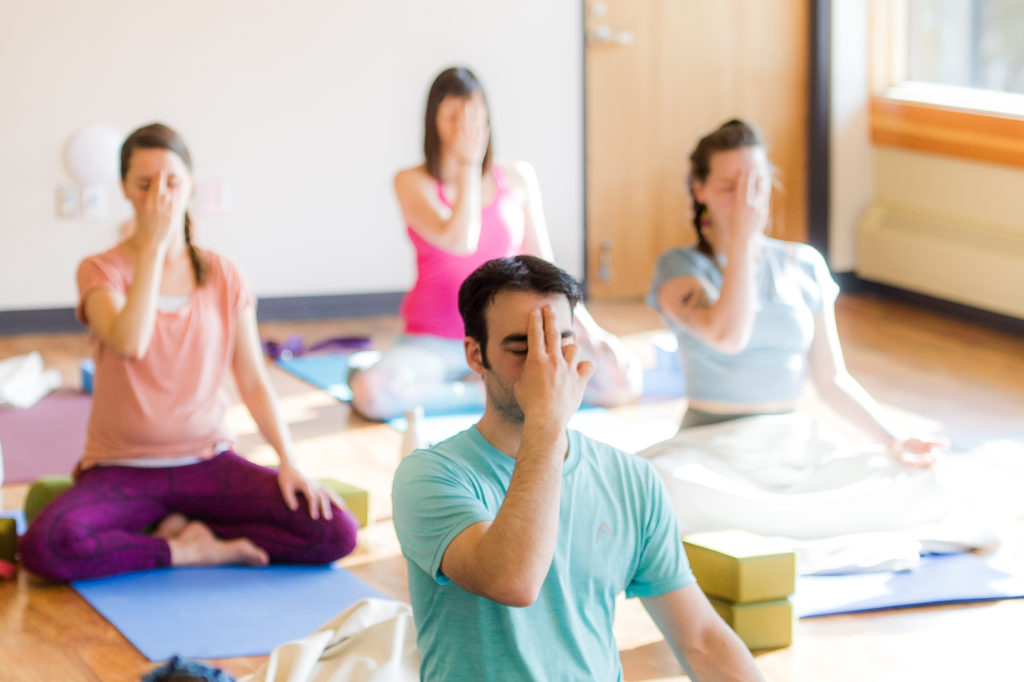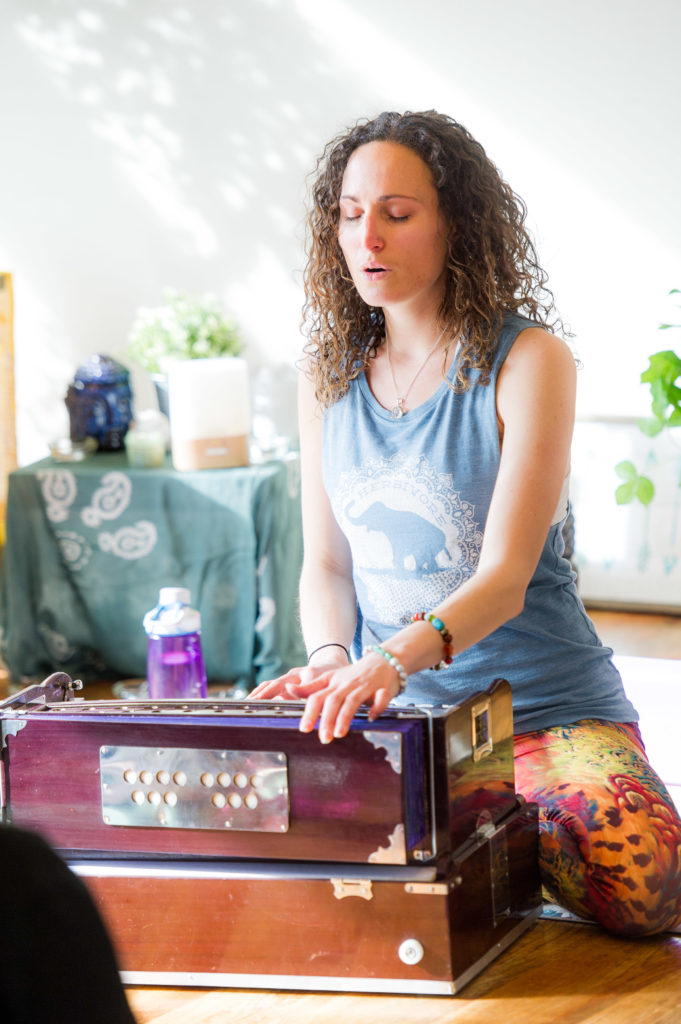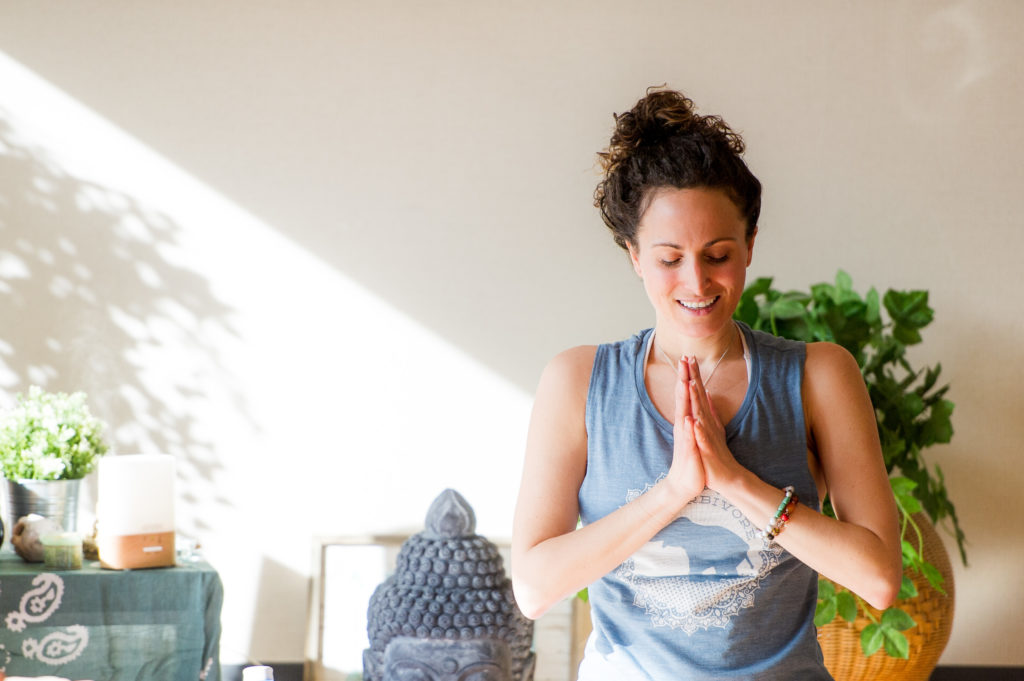From Hatha to Tantra; The Meaning of The Oh-So-Many Types of Yoga
November 13, 2019
The word yoga means ‘to yoke’ or “to be in union with our higher consciousness’. Mainly, yoga is a lifestyle; when all thoughts and actions have the same positive loving intent towards oneself or others, then you are living in a state of yoga.
When your friends tell you they’re going to ‘DO’ yoga, what does it mean?

Even though the practice of yoga itself goes beyond the physical postures we try to achieve from class to class, the latter are very important.
On a gross level, we tone and stretch the muscles, we increase blood flow to the organs, and we free the body from toxins. On a subtle level, we want to free ourselves from pain, anger, negativity, and anything that doesn’t serve a purpose for our happiness really. Yoga postures also help us shift the energy in the body.
Most classes we know come from Hatha Yoga. In Sanskrit, the yogic language, Ha means sun, masculine energy, the body and fight or flight mode, while Tha means moon, feminine energy, the rest-and-digest state. My Guru’s Guru, Swami Shivalingam Saraswati from Nepal, says that 90% of people only practice Ha yoga… and that Yogis with big bellies only practice Tha Yoga. I thought this was funny!
When there is union between both opposing forces, Ha and Tha, then higher consciousness awakes and there is balance between body, mind and soul.
Hatha Yoga gets us to do asanas, which means moving but staying grounded, without really worrying about the mind. Asanas are necessary if we want to sit for breathing exercises and in meditation for a long time, otherwise our body aches and the meditation is disturbed.

When Hatha Yoga is mastered, there is Ashtanga Yoga; the art of meditating through the body. In Ashtanga Yoga, or Raja Yoga, or Eight-Limb-Yoga (yes, I know it gets confusing), there are set series of postures and movements that, all the while balancing the body and mind, give you an intense work-out and intents on bringing you from your human to your spiritual nature… basically from the gross to the subtle levels as mentioned above. In Ashtanga yoga, postures are meant to be still yet comfortable.
We will often see the word ‘vinyasa’ on class schedules, and this is usually a mix of Hatha and Ashtanga types of yoga. Vinyasa in Sanskrit means ‘moving with intention’ and ‘synchronizing the movements with the breath’. When you see ‘vinyasa flow’ on class schedules, it usually means that the movements are paired with breathing and that they transition like waves; naturally and smoothly.

After Hatha and Ashtanga Yoga, you have Mantra Yoga, which means ‘meditation through sound’. Mantras are sound vibrations used to get the mind free of all the stuff it usually fills with. Just like the sound of OM reflects the beginning of existence, the ultimate reality, the Truth, then all other sounds chanted or repeated bring practitioners closer to this Truth.
When you’ve stretched your body, lubricated your joints, moved with intention, sat in meditation repeating mantras, it’s time to access the energy wheels in your body; the chakras. This happens through Kundalini Yoga.
Kundalini is a dormant serpent-shaped energy that we wish to guide from the base of our spine to the crown of the head towards Pure Consciousness, unblocking all six chakras along the way. A variety of practices are used to bring both energy and consciousness together, but the latter are advanced practices for yogis and yoginis who are ready for the spiritual experiences it can bring about.
The last yoga I will mention is one that is less popular and usually misunderstood. It is called Tantra Yoga and it comes from Nepal. Tantra is an integral practice of all the different yoga systems enumerated above, dealing from the gross to the subtle levels, meaning from body to consciousness. Tantra is about freeing the mind through the expansion of awareness. In a Tantra yoga class, you should expect to have dynamic asanas accessing all chakras, breathing exercises, meditation, chanting, and yoga nidra.
Other yoga variants would include: Iyengar Yoga which is similar to Ashtanga but comes from a philosophy that every body is different and thus using props is often proposed, especially for those with injuries; Yin Yoga is a more restorative type of practice; Prenatal is for pregnant women; Stand Up Paddle plays with your balance on water and with your connection to nature; Yoga Nidra rotates consciousness across the different body parts, relaxes the body and mind, and access the subconscious by resetting the nervous system; Hot Yoga and Bikram Yoga both have heated rooms and focus mainly on flexibility and strength; and Jivamukti Yoga offers complete classes with chanting, breathing exercises, asanas, meditation, legit hands-on assists and has the same focusses every month across its studios worldwide. There are so many more varieties of yoga, and this is because I think guides/teachers/Gurus just want students/humans/people to access happiness in a way that it has worked for them.
With all this information, remember that whatever is experienced in a yoga practice will differ from one person to the next. Most people start ‘doing yoga’ for the work-out… until a curious switch is turned on inside, enlightening a part of them they didn’t know existed. This switch makes us seek for answers, guides us to self-discovery, helps us to tune in with our gut feeling, and pulls us away from negativity, doubt and this fear of arriving to a ‘no-exit’ sign within.

It is by attending different yoga classes, going to different studios, watching different online videos and finding a teacher that you connect with that you can develop into the being you wish to be, at your own pace. We may all seek different ways to reach a peaceful state of mind, but we all share the same goal of being happy.
We have it in us. You have it in you.
Hari Om.
– Claudia-Sam
Leave a Reply Cancel reply
| Created with Showit
DISCLAIMER
The From Hatha to Tantra; The Meaning of The Oh-So-Many Types of Yoga article is one of the best I have ever read!
I found a way to lose weight with yoga.
You are doing a great job with https://claudiasamsoulcoaching.com site.
🙂 Congrats!